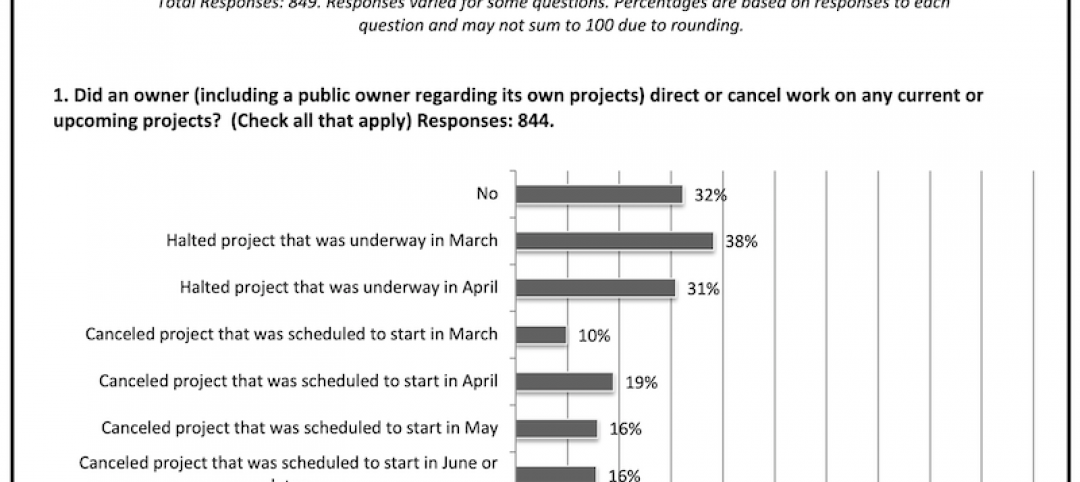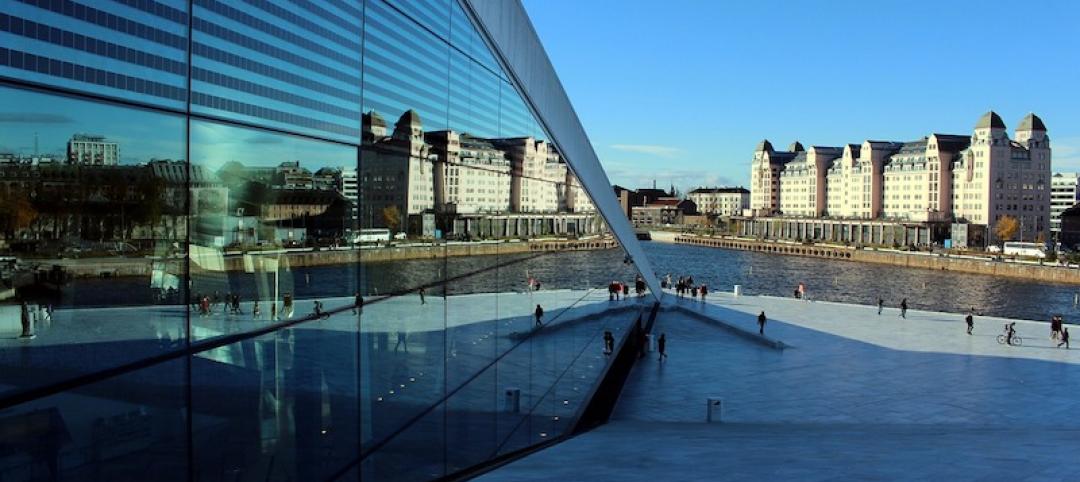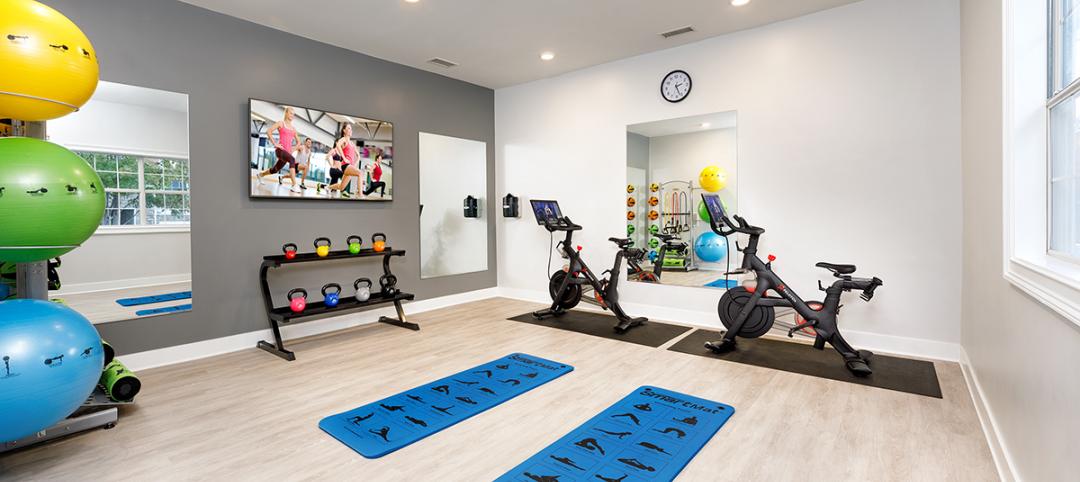The other day we posted an announcement to the effect that PBS and the Society of Architectural Historians would be broadcasting a show on May 12 on '10 Buildings That Changed America,' hosted by Geoff Baer.
We like Geoffrey (I don't know where the "Geoff" came in). His documentaries on the Chicago River architecture tour have been among the most popular shows from WTTW, one of Chicago's PBS stations (which modestly bills itself as "Your 'Window to the World'"). He does a fun segment on "Chicago Tonight" where he answers questions about Chicago history and oddities. So, kudos to the SAH, WTTW, and PBS for giving Geoffrey some well-deserved national exposure.
But then we looked at his list of the "10 buildings that changed America":
- Virginia state capitol, Richmond. Thomas Jefferson, 1788.
- Trinity Church, Boston. H.H. Richardson, 1877.
- Wainwright Building, St. Louis. Louis Sullivan, 1891.
- Robie House, Chicago. Frank Lloyd Wright, 1910.
- Highland Park Ford Plant, Highland Park, Michigan. Albert Kahn, 1910.
- Southdale Center, Edina, Minnesota. Victor Gruen, 1956.
- Seagram Building, New York. Ludwig Mies van der Rohe, 1958.
- Dulles International Airport, Chantilly, Virginia. Eero Saarinen, 1962.
- Vanna Venturi House, Philadelphia. Robert Venturi, 1964.
- Walt Disney Concert Hall, Los Angeles. Frank Gehry, 2003.
Really? I don't pretend to be an architectural historian, but does anyone else think there are some unusual choices - and omissions - here? Where is the Triangle Shirtwaist Factory Building, where 146 young women perished in a 1911 fire that led - and here's why it's a Top 10 Important - to NYC establishing the nation's first building fire code.
Why only 1 building west of the Mississippi (Edina, Minn., and St Louis don't count as "west")? Gehry's Disney Concert Hall is a great building, but hardly the only one representing half the country.
Why Saarinen's Dulles terminal (1962), when JFK's Pan Am "flying saucer" (designed by Ives, Turano & Gardner Associated Architects and Tippets-Abbett-McCarthy-Stratton) preceded it by two years? Why Robie House (1910) rather than Unity Temple (1905-1908) for FLW?
I'll admit, it's unfair to judge Geoffrey's choices before the program has aired, and I'm sure he has strong arguments for the Virginia capitol and Trinity Church (I hope he gives credit to Goody Clancy for the beautiful restoration they led on the latter).
So, we can wait till May 12. Or you can offer your own candidates for the "10 buildings that REALLY changed America." You can leave a post here, or email me at rcassidy@sgcmail.com and I'll send them along to WTTW.
More from Author
Rob Cassidy | Mar 30, 2020
Your turn: Has COVID-19 spelled the death knell for open-plan offices?
COVID-19 has designers worrying if open-plan offices are safe for workers.
Rob Cassidy | Mar 25, 2020
Coronavirus pandemic's impact on U.S. construction, notably the multifamily sector - 04-30-20 update
Coronavirus pandemic's impact on U.S. construction, notably the multifamily sector - 04-30-20 update
Rob Cassidy | Nov 20, 2019
Word of the Year: "climate emergency," says the Oxford English Dictionary
The Oxford Word of the Year 2019 is climate emergency.
Rob Cassidy | Nov 8, 2019
The Peloton Wars, Part III - More alternatives for apartment building owners
ProForm Studio Bike Pro review.
Rob Cassidy | Nov 1, 2019
Do car-free downtown zones work? Oslo, yes; Chicago, no
Two recent reports (October 2019) explore whether car-free downtowns really work, based on experience in Oslo, Norway, and Chicago.
Rob Cassidy | Oct 9, 2019
Multifamily developers vs. Peloton: Round 2... Fight!
Readers and experts offer alternatives to Peloton bicycles for their apartment and condo projects.
Rob Cassidy | Sep 4, 2019
Peloton to multifamily communities: Drop dead
Peloton will no longer sell its bikes to apartment communities.















